Two days ago, iArtHouse launched. “What is this?” I hear you cry. To put it simply: it’s an emo version of iTunes. It lets you buy indie arthouse movies online. It’s a part of the global world cinema movement, which aims to promote foreign films. Yes, I just linked to Wikipedia. Get over it.
My question is this: how in demand will the over 800 movies be that iArtHouse has on offer? Titles include the controversial The Tiger and The Snow, which iTunes only has a trailer of. So yes, it might get a few downloads a month.
The announcement of the launch of iArtHouse coincided with the closing of two other online movie download channels, Morgan Freeman’s ClickStar and Verizon’s Vongo. ClickStar launched in 2006 and released movies like Ten Items or Less (the first legitimate online movie download) and Lonely Hearts with John Travolta and Salma Hayek. However, titles associated with ClickStar were shunned by cinemas, because it meant the movie would be available within homes in a matter of days or weeks.
So why did iArtHouse have the guts to step into the public arena? It must be because they think they have something up on iTunes. And they do: their titles are edgy, interesting and unique. It means they’ll only have a niche audience, but that’s all they really need to get by.

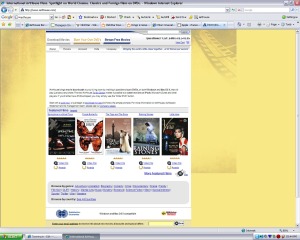

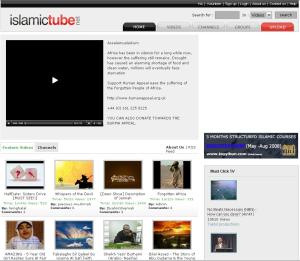
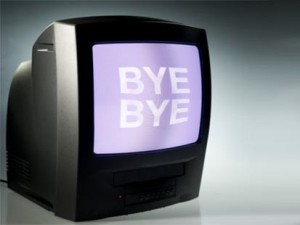
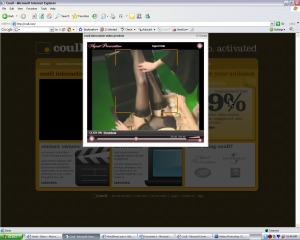
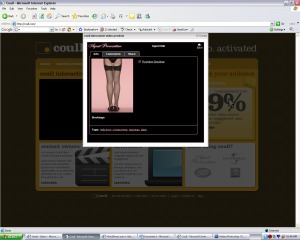






You must be logged in to post a comment.